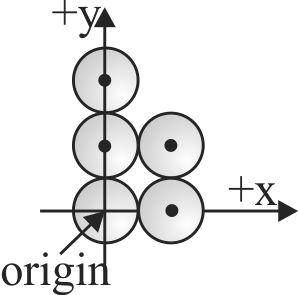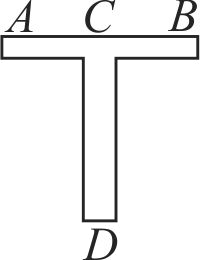365757 A thin bar of length \(L\) has a mass per unit length \(\lambda\), that increases linearly with distance from one end. If its total mass is \(\mathrm{M}\) and its mass per unit length at the lighter end is \(\lambda_{0}\), then the distance of the centre of mass from the lighter end is :-
365757 A thin bar of length \(L\) has a mass per unit length \(\lambda\), that increases linearly with distance from one end. If its total mass is \(\mathrm{M}\) and its mass per unit length at the lighter end is \(\lambda_{0}\), then the distance of the centre of mass from the lighter end is :-
365757 A thin bar of length \(L\) has a mass per unit length \(\lambda\), that increases linearly with distance from one end. If its total mass is \(\mathrm{M}\) and its mass per unit length at the lighter end is \(\lambda_{0}\), then the distance of the centre of mass from the lighter end is :-
365757 A thin bar of length \(L\) has a mass per unit length \(\lambda\), that increases linearly with distance from one end. If its total mass is \(\mathrm{M}\) and its mass per unit length at the lighter end is \(\lambda_{0}\), then the distance of the centre of mass from the lighter end is :-


